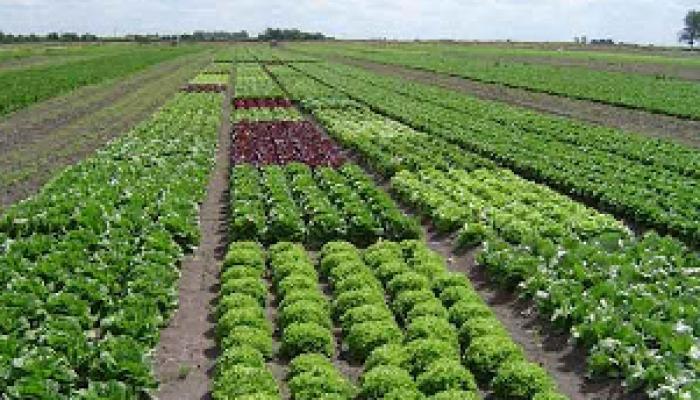The five key factors behind Cuba’s rapid transition to sustainable agriculture are strong scientific capacity, farmer literacy, solid agricultural extension, large cooperatives, good soils, water and of course climate.
The structural changes and institutional framework that supported the transition include, above all, organic fertilization and soil conservation. The use of organic and biofertilizers have allowed the substitution of organic methods for chemical fertilizers to meet the nutrient requirements of crops previously met through external inputs. The use of manure, sugarcane byproducts, organic fertilizers, compost, bioearth, worm humus, residues from sugarcane collection centres waste water, cover crops, mulch, biofertilizers and other materials produce higher yields and improve soil cover, dry matter content, and soil properties.
Other changes include the ecological management of pests, disease and weeds. The elimination of pesticide use is one of the most difficult tasks in a conversion to organic farming practices. The research into bio-pesticides developed by the Cuban Ministry of Agriculture’s National Plant Protection Institute is made available to farmers through the creation of a national network of 280 Centres for the Production of biocontrol agents suited to local crops and conditions. These are positioned according to local needs and have work teams comprised of university-educated specialists, lab technicians and auxiliary staff. The products are sold directly to area farmers, reducing transport and storage needs. Production is highly diversified and specialized by region.
There have been considerable changes in livestock management. The loss of imported feed grains at the beginning of Cuba’s Special Period resulted in sharp production cutbacks in Cuba’s livestock production sector. Strong advances in crop rotation and polyculture have been employed to improve soil coverage and quality, control harmful pests and diseases and increase production. Successful use of legume-based livestock systems, silvo-pastoral and integrated crop-livestock systems have resulted in significant and sustainable increases in dietary protein. Bio-controls are used to treat mites and other insect pests.
Then there is crop management. Presently, one million hectares, that is 20% of Cuba’s total farmland, are protected by the application of biological controls. Much of this land is in vegetable, tropical vegetable and fruit production. Most of Cuba’s 32,000 hectares of citrus and tree fruits are managed organically. Organic production methods are being tested in sugar and coffee. with 4,500 hectares, of cocoa, cocoanut, pineapple and mango production. Crop rotations are used to reduce soil pathogens. Intercropping and the use of crop associations are widely used to keep pest populations low and to reduce disease and weeds; common are corn-bean and cassava-bean associations but more complex planting such as corn-squash-sweet potato-beans-cucumbers are also common. Integrated pest management programs are in place for 27 crops, controlling a total of 74 insect and mite pests and several fungal diseases.
We cannot forget Urban Agriculture. In the early 1990’s, in response to food and petroleum shortages, Cuba made a major commitment to the production of food in cities, or urban agriculture. Today, organo ponicos or raised bed organic vegetable production, intensive vegetable gardens, backyard and roof gardens, small suburban farms and the self-consumption gardens of large enterprises, institutions and government offices together contribute an estimated 90 percent of the fresh produce consumed in Havana. The production goal for Cuba’s urban agriculture sector is 1.4 million metric tons per year to meet the national nutritional goal of 300 grams of fresh vegetables per person per day. Key issues in the development of urban agriculture are conservation and management of soil fertility and integrated pest and disease management. Cuba is investigating the introduction of rabbits in urban agriculture models.
In 1992, organized production of medicinal plants began in Cuba. Today, there are 13 provincial farms and 136 municipal farms producing organic green medicines on 700 hectares of land. Cuba’s current annual production of medicinal plants and of herbs and plants used for dyes is 1,000 tons and growing.


